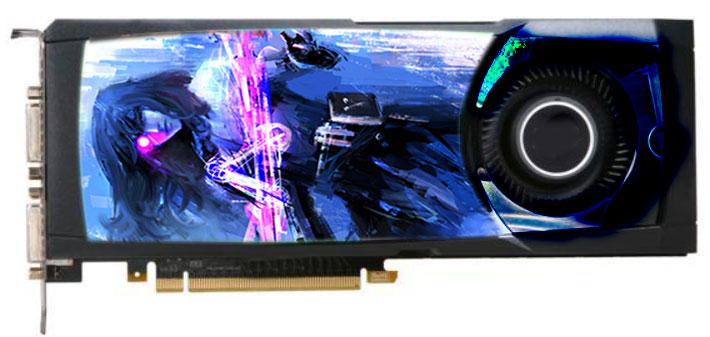Intel's SVP and GM of Accelerated Computing Systems and Graphics (AXG) Group, recently took part in an interview with ASCII.jp, a popular tech magazine in Japan. There wasn't a great depth to the interview as it seems rather short and touched upon a wide range of Intel graphics tech; Xe HPC, Ponte Vecchio, Xe Link, ray tracing for HPC, the Aurora supercomputer. However, there were some juicy nuggets about Xe HPG and Arc Alchemist, XeSS, the chosen TSMC process, and (as per our headline) Intel's plans with regard to consumer graphics card reference and custom designs.

In the interview, it is indicated that Intel is already making sure graphics card partners have access to its Arc Alchemist reference designs. However, there remain some important uncertainties at this stage. For example, it isn't clear whether Intel will be marketing its reference designs as 'founders edition' style products, or not. Additionally, it seems to be the case that Intel is giving partners freedom to differentiate in many ways, with varying amounts of GPU power targeting various sections of the market. Koduri indicated that AIB partners will create an appealing mix for their own and consumer interest.

Alchemist artwork blower style graphics card shroud mock-up (sorry about the ancient port selection).
A little more info on XeSS was divulged, with Koudri indicating that older graphics architectures like Tiger Lake iGPUs, and Iris Xe / DG1 can use XeSS. I think we already knew this, but the question we had was about XeSS performance on older/other manufacturer GPUs.

Some other short and sweet info morsels included the assertion that Xe-HPG won't support Xe-Link for multi GPU configurations. This more or less confirms that Intel won't be aiming an SLI/CrossFire solution at consumers. For those interested in process/supply, Koduri also spoke of the decision to choose TSMC N6 for Xe-HPG GPUs. With regard to this decision, it seems that 'Intel 7' isn't expected to have spare capacity with ADL parts needed in great quantities. It isn't known as yet whether Battlemage (Alchemist's successor) will be manufactured by Intel, but it was implied that it would stay with TSMC and possibly be an N5 or N4 product, says the Japanese source.






